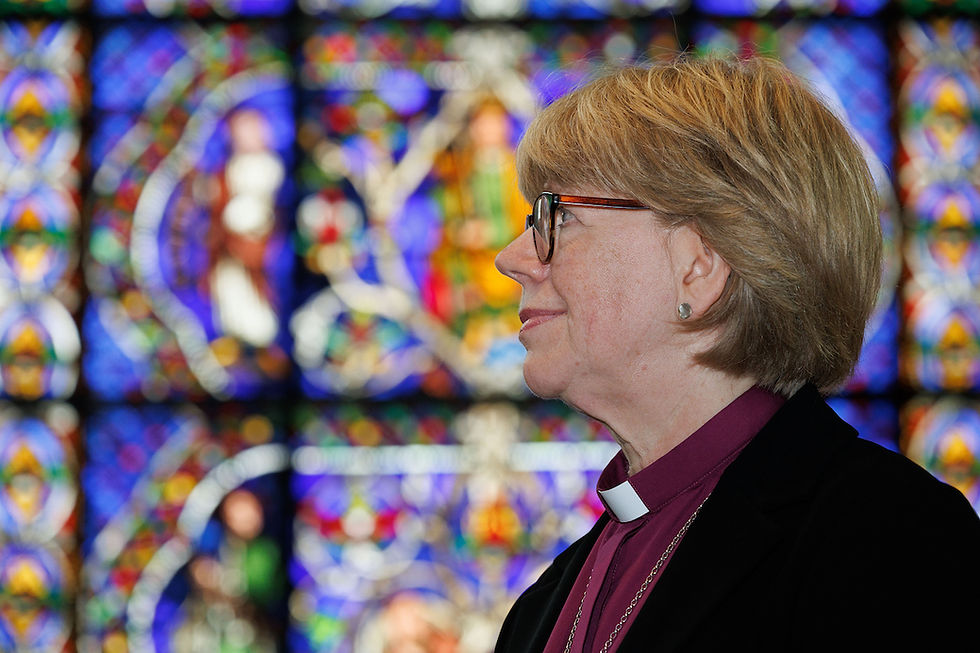A Recipe For Change...
- Anglican Futures

- Mar 2, 2021
- 13 min read
Updated: Aug 14, 2024
.... of the Church of England’s practice or doctrine on issues of sexuality
Method
Have to hand 850 grams of “Living in Love and Faith - Christian teaching and learning about identity, sexuality, relationships and marriage”.
First, prepare a “choice”[i] of snacks - from 30 pages of “reflecting”, 107 pages of, “…what is going on?”[ii], 73 pages of “where are we in God’s story”[iii] and 29 pages of “real life stories”[iv] – this will ensure the majority of people are satisfied before they reach the main course.
Next, if at all possible, use a less tasty substitute[v], otherwise take the meat of the issue - what the Bible says - and hack it as clumsily as possible into two parts. Take care to separate the teaching of Jesus[vi] from that of the rest of the Bible[vii]. Do not risk leaving it whole[viii].
Once divided, use the pejorative mallet of “clobber texts”[ix] to hammer the meat until malleable. Then, mince the meat down further in a disorientating whirl of already discredited arguments and a handful of digressions[x].
Marinade the meat thoroughly in a mix of desiccating pejoratives[xi]. Take care to rub it in that most normal people over-estimate the richness of what is on offer[xii].
Then set to one side for as long as possible.
In the meantime, mix a complex and intoxicating soup of “agape/eros/phileo/storge”—it doesn’t matter- any “love” will do—[xiii], sex[xiv] and guilt[xv]. Do not worry too much about weighing or balancing what goes in[xvi].
However tempting, do not add anything more—Islam’s approach to sexuality[xvii]— certainly not any analysis of Genesis 2:23-24 as a stand-alone, foundational text, and the special significance of marriage amongst relationships[xviii] or children amongst new life[xix] or homosexual practice in the list of what porneia might involve[xx]—they are not for the modern palate.
Lastly, throw in a seasoning of misrepresented theologians[xxi], a sprinkling of dubious assertions[xxii] and a pinch of straw man[xxiii].
Return enough of the meat set aside earlier—according to your taste—to give the a hint of biblical credibility, and stir the pot well.
Bring to the boil with an emotive appeal[xxiv] and then let the whole thing simmer for a year of so in the parishes, until everyone can smell the inevitable.
Serve with an assertion that this as good as nourishment gets[xxv] and present with a side helping of sweet films.
If people recognise this thin gruel for what it is, make sure they understand that it is their lack of good taste and manners that is the problem[xxvi].
Those who cooked it up can still dine well off the flock.




Comments